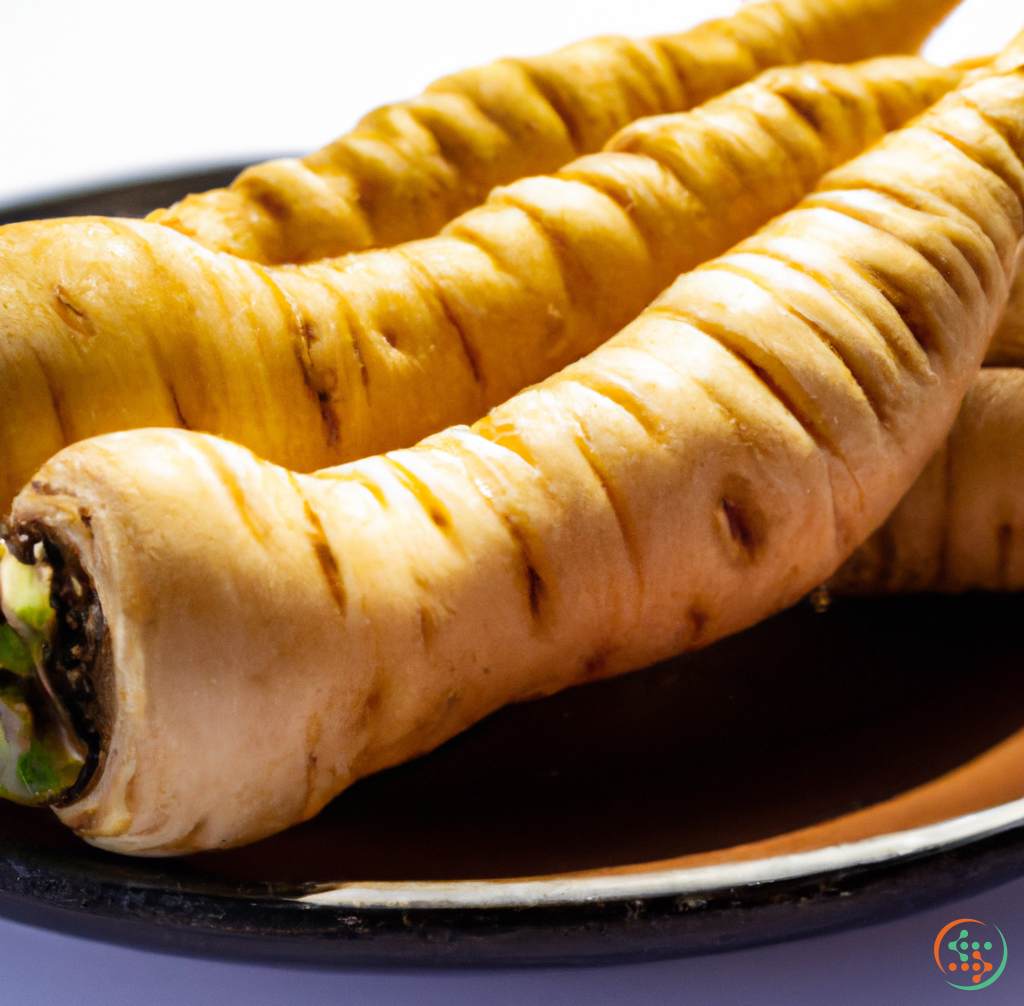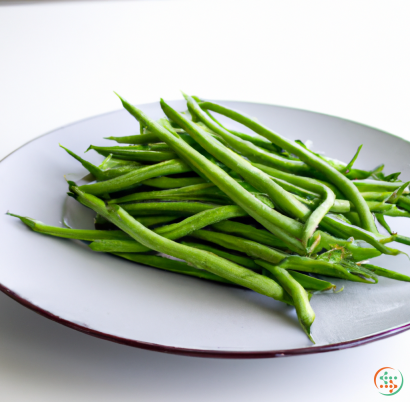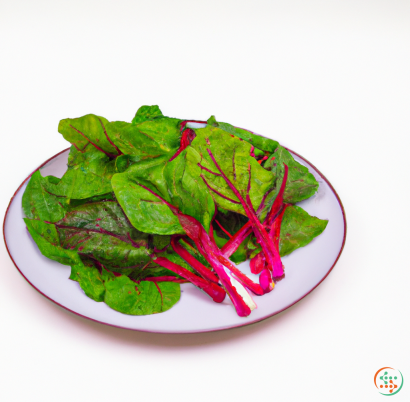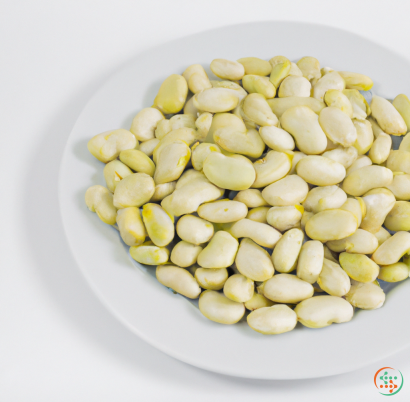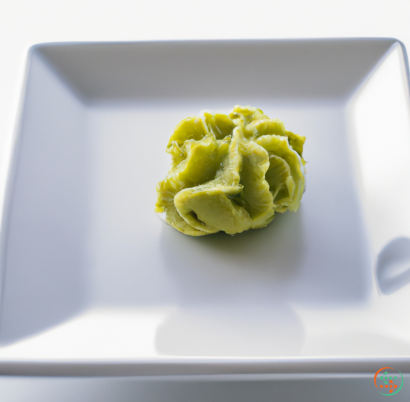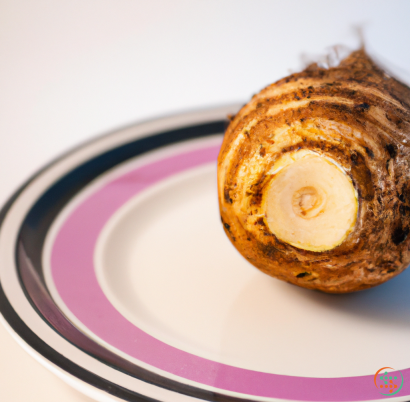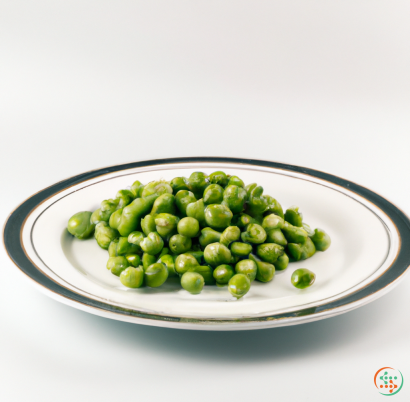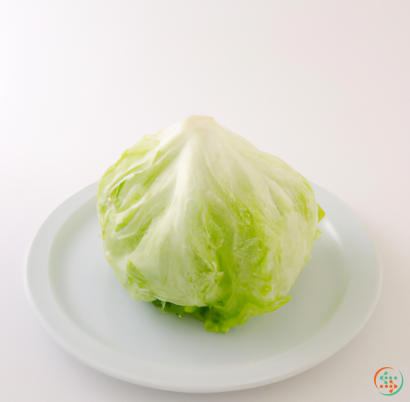Parsnips
A parsnip (Pastinaca sativa) may not be a vegetable that immediately comes to mind in the produce aisles at the local grocery store, but when it is available to purchase from a farmer’s market or specialty store it certainly can be a crowd-pleaser in recipes. Parsnips are members of the Apiaceae family, alongside other common edible plants such as carrots, celery, dill, and parsley. Though visually almost indistinguishable from carrots, parsnips have their own unique flavor. To get the most out of the root vegetable, understanding its history and uses is key.
The origin of the parsnip is still a bit of a mystery though it is believed to have originated in the Mediterranean. Much of the evidence indicates that it was first cultivated by the Ancient Greeks or Romans. It was a very popular crop at this time as it could be stored for an extended amount of time, even through the winter months. Since that time, parsnips were adapted to many other climates around the world, such as those in the United Kingdom, Germany, France, and parts of the United States.
Parsnips are a long root vegetable that can range in color from white to yellow to creamy white. The flavor is comparable to that of a carrot, but with a sweeter, nuttier taste. This sweetness is heightened when cooked, which is a major difference between it and the carrot, as making carrots too sweet can detract from their flavor profile.
The nutritional benefits of parsnips are moderate. Like carrots, parsnips offer a good amount of dietary fiber, vitamins and minerals, and antioxidants. They are also an excellent source of potassium and vitamin C, as well as B vitamins such as folate. Parsnips, however, have fewer calories than carrots and more sugar.
When selecting parsnips for purchase, take a look for ones with a medium girth and are uniform in size and color. Avoid those with bruises or blemishes, along with those that have started to sprout. When preparing parsnips you can either peel the root with a vegetable peeler or a knife; however, many of the nutrients are held within the skin and it is best to keep it attached as much as possible.
Parsnips are widely adaptable and can be used in a variety of recipes from roasting, boiling, sautéing, grilling, or adding to curries and stews. One of the most popular ways to enjoy them is roasted. The procedure is quite simple and yields a delicious side dish that can accompany any meal – simply preheat the oven to 375F (190C), toss the chopped and lightly oiled parsnips in a mixture of herbs and spices, spread them on a baking sheet, and cook for 20-25 minutes. Add salt and pepper to finish.
For those who want to add more of the root vegetable to their diet, there are countless recipes suited to every approach. Parsnips are included in a variety of dishes, such as soups, purees, and gratin. Parsnip fries, which are similar to potato fries and made in the oven, have a nice soft texture, perfect for those who don’t like things too crunchy. Parsnip purées are making a comeback as a vegan alternative to mashed potatoes. For a sweet dish, parsnips can be boiled, mashed and combined with nutmeg to create a delightful cake. This can be served warm and topped with a scoop of ice cream for dessert.
Parsnips are a versatile root vegetable that add both a unique flavor and nutritional value to any meal. With a short ingredient list and a few simple cooking techniques, parsnips can be transformed into a delicious side, main, or snack dish. Though it may be a forgotten pantry staple, parsnips are gaining in popularity and shouldn’t be overlooked in the kitchen.
Parsnips: What You Need to Know about These Root Vegetables
Parsnips are root vegetables that have long been a part of European diets. In the United States, however, these vegetables haven't become as familiar to consumers until recently. Parsnips are related to carrots, but they have a slightly sweeter, nuttier taste that make them an interesting addition to many dishes. Understanding parsnips and the journey they take to get to your dinner plate can help you better appreciate why they are such a valuable part of any pantry.
What are Parsnips?
Parsnips are a root vegetable found growing in temperate climates. The vegetable is a member of the Apiaceae family, which includes carrots, parsley, and fennel. It was cultivated by the Ancient Greeks and Romans, who used the high-fructose carbohydrate in both sweet and savory recipes. Parsnips are grown in a variety of soil types, but they prefer damp, loose soil that has plenty of manure added to it.
The plant itself can reach up to 3 feet tall, and its bright green foliage gives way to the edible parsnip below ground. Each parsnip is shaped like a carrot but is typically bent or oddly shaped. A mature parsnip can range from a pale yellow to a light brown color and can sometimes be spotted with dark spots. Before reaching the dinner plate, parsnips must be peeled and, in some cases, grilled or boiled.
The Creation of Parsnips
Parsnips are grown in a variety of ways, but most commercial farmers use a seed-broadcasting method, where the seeds are spread onto the soil and covered. A weed-free environment is ideal for the parsnip plant, so weeds must be controlled to ensure a healthy crop. This is why farmers use herbicides, mulch, and tilling to keep the soil weed-free. When the plants reach a few inches tall, they can be thinned in order to produce fewer but larger yields.
In terms of growing parsnips, extensive monitoring and inspections must take place over the course of several weeks. Specifically, the farmer must monitor the soil temperature, soil moisture, and pest control until the parsnips are ready to be harvested. Usually, the harvesting process begins in September and lasts for about six weeks; after that, it is time to move the parsnips to the farm stands, grocery stores, and restaurants.
Getting Parsnips to Your Plate
Once they have gone through the growing, harvesting, and inspecting process, parsnip turnips can be packed and shipped across the country, or even around the world. In most cases, countries require a certain level of food safety regulation when it comes to these root vegetables. For example, the European Union stipulates that all packaged, processed, and canned vegetables must comply with their E-numbers. That's why you can find hard-copy allergen information labels on many parsnip turnip packages.
Once the parsnips reach the market, it will be up to you to make sure you select the best ones. Look for the longest and cleanest vegetables, as those are usually the healthiest. You'll also want to avoid discolored or dry ones, as those indicate that the parsnip has been stored for too long. Once you have picked a high-quality parsnip, it's time for it to make its journey to your dinner plate.
Cooking Parsnips
Many people cook parsnips by boiling, which is a relatively quick and easy way to prepare them. To do this, clean and peel the parsnips then add them to a pot of boiling salted water. Boil them for about 15 minutes (or until they are tender), drain the water, and season your parsnips with butter, salt, and pepper. Alternatively, you can also cook parsnips in a slow cooker, in the oven, or in a skillet. This allows the vegetables to develop a richer flavor due to the extended exposure to heat.
Once parsnips are fully cooked, they can be enjoyed in many different dishes. You can use them as a side dish for roasts and other meats, or you can use them to create a main course. Parsnip mash and roasted parsnips are both popular options, and the tasty vegetable can be used to create a delicious soup or stew as well. Parsnips are also a great source of dietary fiber and Vitamin C, making them an excellent addition to any healthy diet.
Conclusion
Parsnips have long been staples of European diets, but they have only recently become popular in the United States. The vegetable is closely related to carrots, but it has a distinctive sweet, nutty flavor that makes it a valued ingredient in many recipes. In order to get parsnips to your dinner plate, they must go through a long pipeline, involving growing, harvesting, inspecting, packing, and shipping. Ultimately, cooking parsnips is a simple process, and the root vegetable can be enjoyed in a variety of dishes. Whether it is a side dish or a main, adding parsnips to your meals can help you add more vegetables to your diet and provide a welcome change to your culinary experience.
| Vitamin E | 0.00149 grams | |
| Vitamin K | 0.0225 mg | |
| Vitamin C | 0.017 grams | |
| Vitamin B1 | 0.09 mg | |
| Vitamin B2 | 0.05 mg | |
| Vitamin B3 | 0.7 mg | |
| Vitamin B5 | 0.6 mg | |
| Vitamin B6 | 0.09 mg | |
| Vitamin B9 | 0.067 mg |
| Calcium | 0.036 grams |
Daily Value 1.3 g
|
| Iron | 0.59 mg |
Daily Value 0.018 g
|
| Magnesium | 0.029 grams |
Daily Value 0.4 g
|
| Phosphorus | 0.071 grams |
Daily Value 1.25 g
|
| Potassium | 0.375 grams |
Daily Value 4.7 g
|
| Sodium | 0.01 grams |
Daily Value 2.3 g
|
| Zinc | 0.59 mg |
Daily Value 0.011 g
|
| Copper | 0.12 mg |
Daily Value 0.9 mg
|
| Manganese | 0.56 mg |
Daily Value 0.0023 g
|
| Selenium | 0.0018 mg |
Daily Value 0.055 mg
|
| Total Sugars | 0.131141 grams |
per 100g
|
| Palmitic acid (16:0) | 0.03 grams |
|
| Stearic acid (18:0) | 0.01 grams |
|
| Total Saturated fatty acids: | 0.04 g | |
| Oleic acid (18:1) | 0.1 grams |
|
| Total Monounsaturated fatty acids: | 0.1 g | |
| Linoleic acid (18:2) | 0.04 grams |
|
| Total Polyunsaturated fatty acids: | 0.04 g | |
